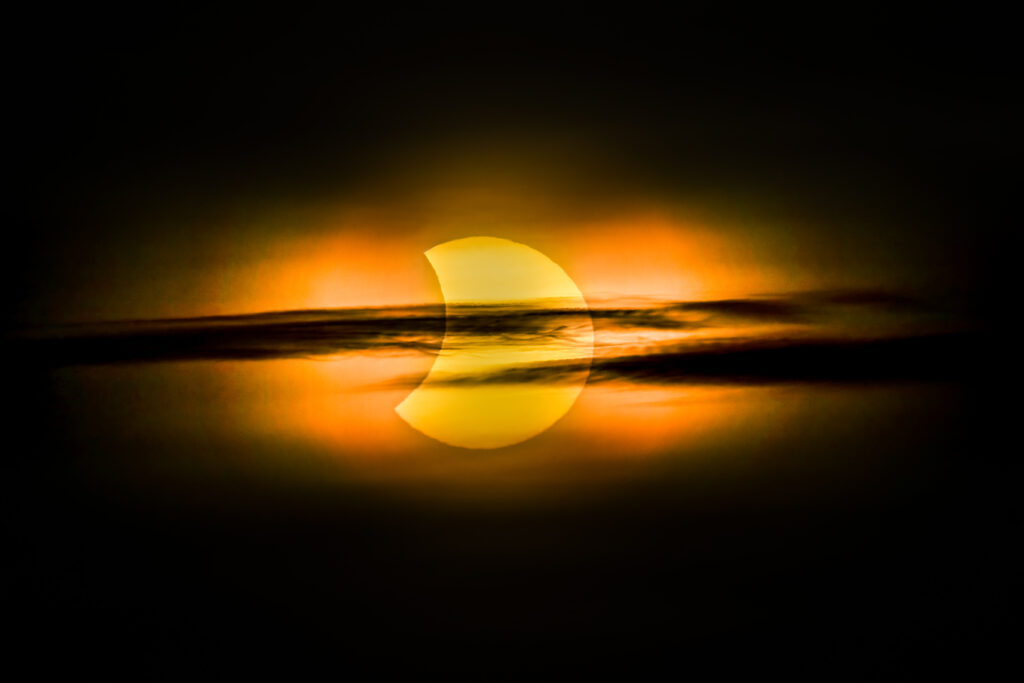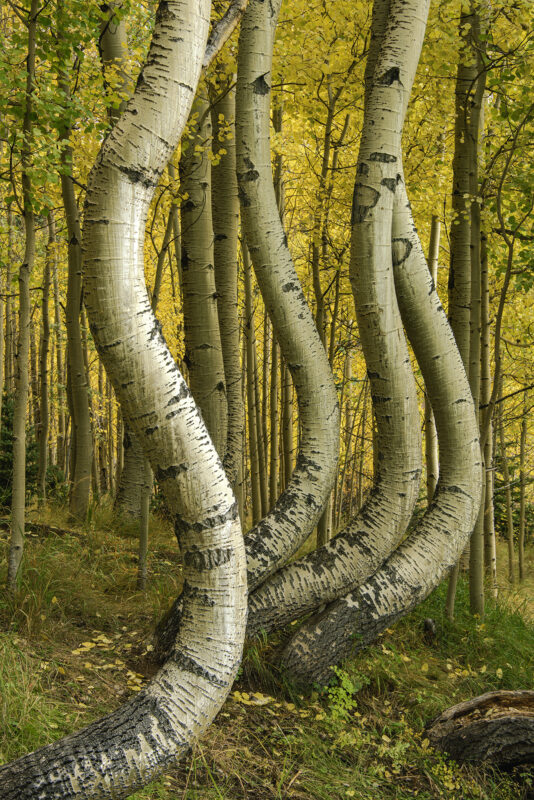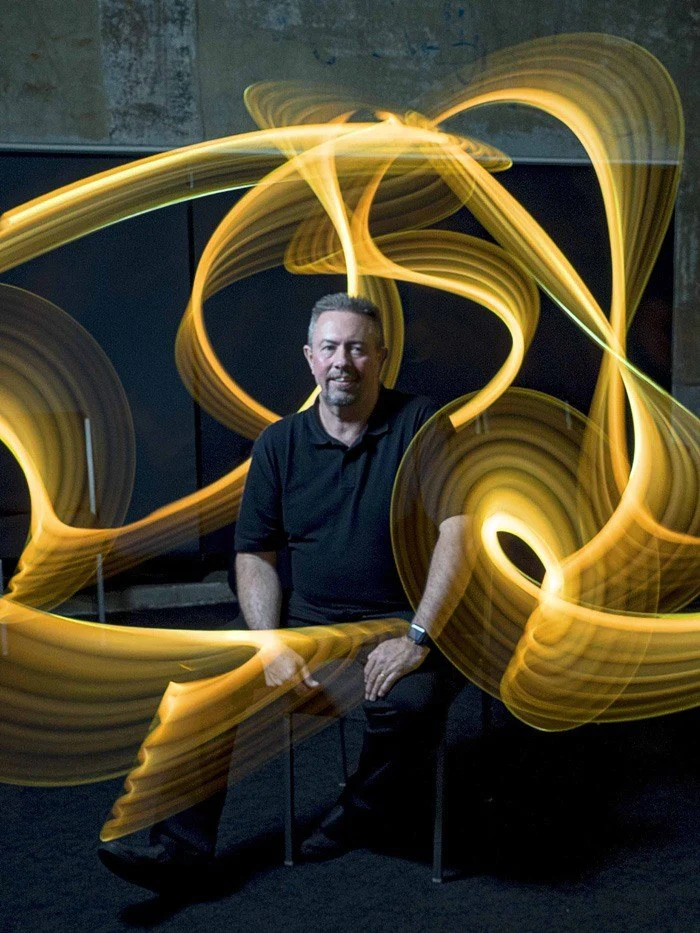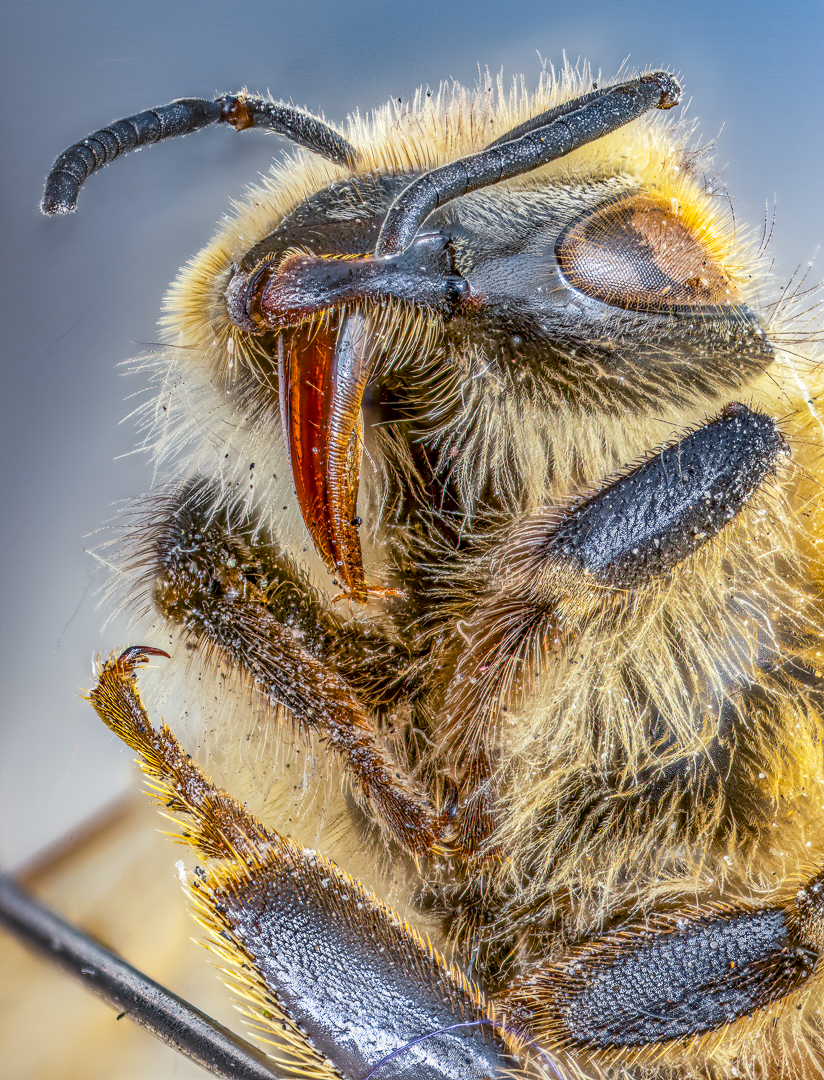If you're into abstract photography, then one thing you will probably find yourself doing is venturing outside to look for abstract forms. Luckily for us, nature produces quite a lot of repeating forms that are perfect subjects for our abstract shots. Today, I thought we would look at a few of the more common pieces of subject matter that can often be utilized in abstract photography.
Of course, you will want to go beyond these as you become more advanced and look for more original subject matter and shot selection, but these will give you a fantastic start and can often be profoundly strong subject matters in their own right.
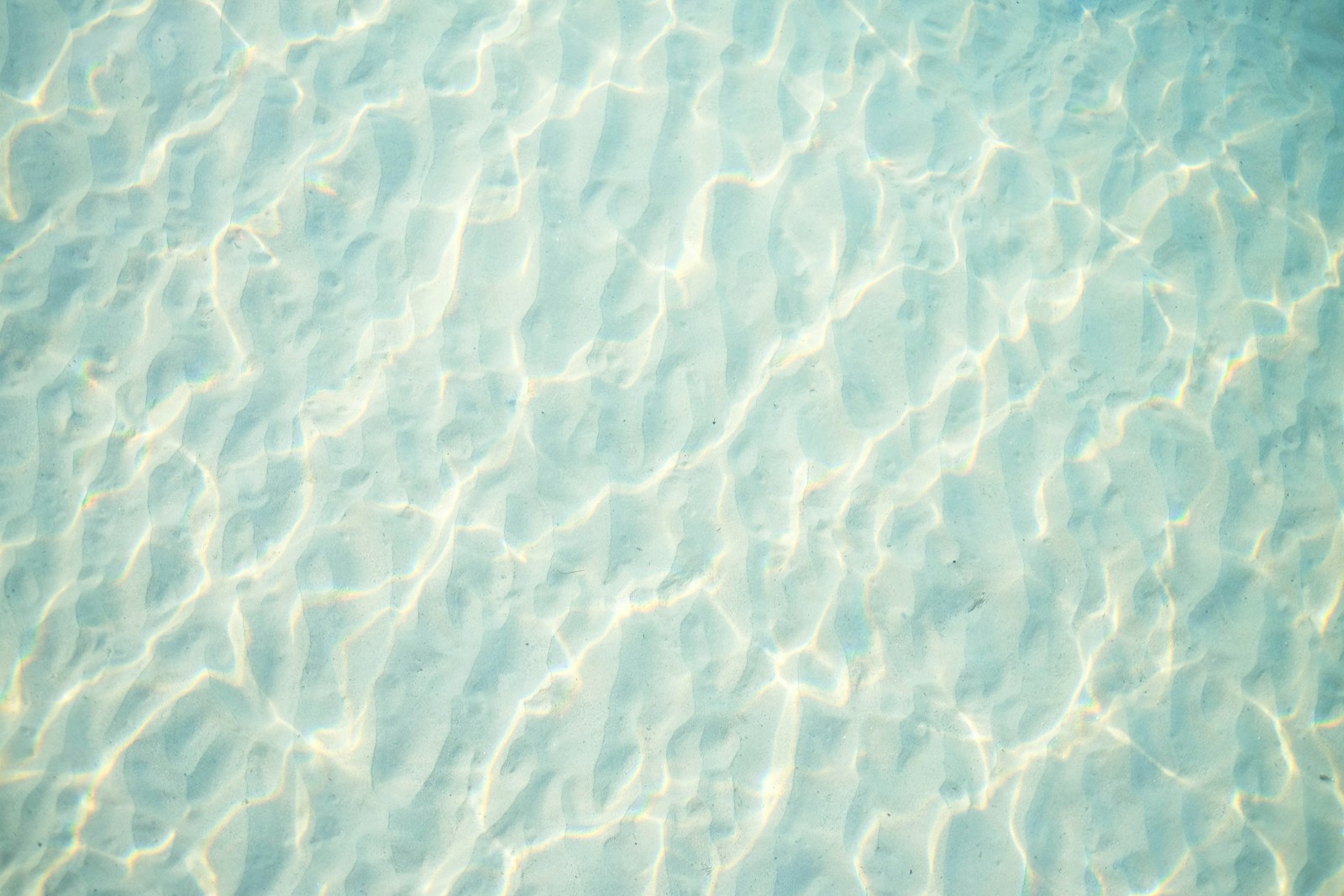
Let's look at a few examples of abstract forms in nature. If you would like to look at how to shoot natural abstracts, our recent article on abstract nature photography is worth a read.
Don't forget that if you would like to submit your own abstract nature images, then our current Spirit of the Earth photo competition is still accepting entries. But that ends in a couple of days, so get in here ASAP.
Where to Start
It is difficult to generalise about photography (and especially about camera settings), but here is a place to start, but please take it with a grain of salt. And experiment! And add your own flair!
| Subject Matter | Lighting | Starter Camera Settings | Tips |
|---|---|---|---|
| Wet Sand Patterns | Early morning or late afternoon (crosslight) | Low ISO, Aperture priority mode (f/8-f/16) | Look for patterns as water recedes; use a polarizing filter to reduce glare. |
| Cracked Mud | Golden hours for softer light, Midday for harsh shadows | ISO 100-400, Aperture priority mode (f/11-f/16) | Shoot from different angles; consider a macro lens for detailed textures. |
| Plant Shadows | Bright sunny days for sharp shadows, Overcast for soft shadows | ISO 100-200, Shutter priority mode (1/100s-1/500s) | Experiment with hard and soft light; try both direct and indirect angles. |
| Waves | Depends on desired effect; golden hours for color, bright days for contrast | Variable ISO based on light, Shutter priority mode (1/1000s for freezing motion, 1/15s-1/2s for motion blur) | Use a tripod for long exposures; experiment with different shutter speeds. |
| Pebbled Beaches/Surfaces | Golden hours for texture and form, Bright days for contrast | ISO 100-400, Aperture priority mode (f/8-f/16) | Shoot from low angles for depth; use a polarizing filter to enhance colors. |
Powerful Repetition in Wet Sand
If you're lucky enough to live near a body of water, then you'll know that receding water can often result in interesting patterns on the sand or mud. These patterns are a perfect place to start looking for abstract shots. As you can see from the photographs below, these abstract shots can be quite powerful.
Tips
Patterns in Wet Sand often form when the water recedes due to tide or other factors. You may want to time your shooting around tide times or when you know there is receding water. Patterns in Wet Sand are also more discernible with crosslight, meaning afternoons or mornings are probably going to give you stronger images. This is not always the case, but again, it might be worth timing your shooting schedule to coincide with late afternoon or early morning.
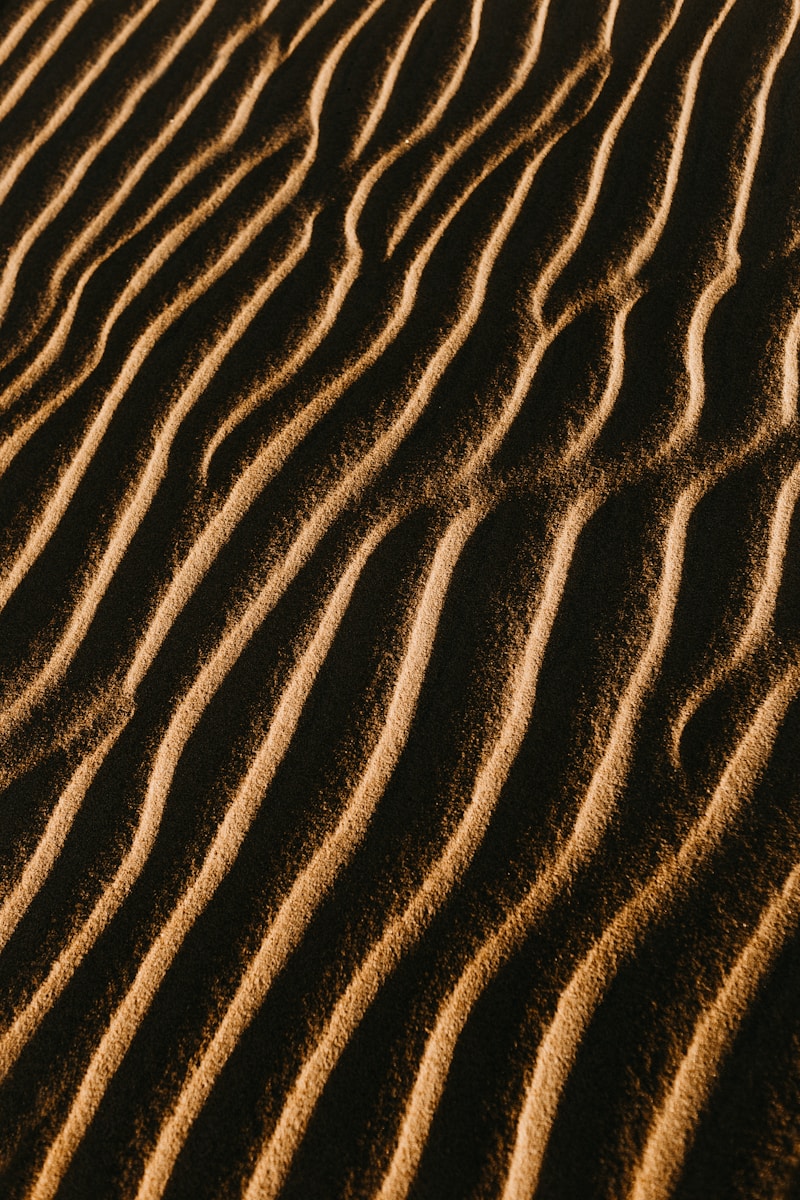
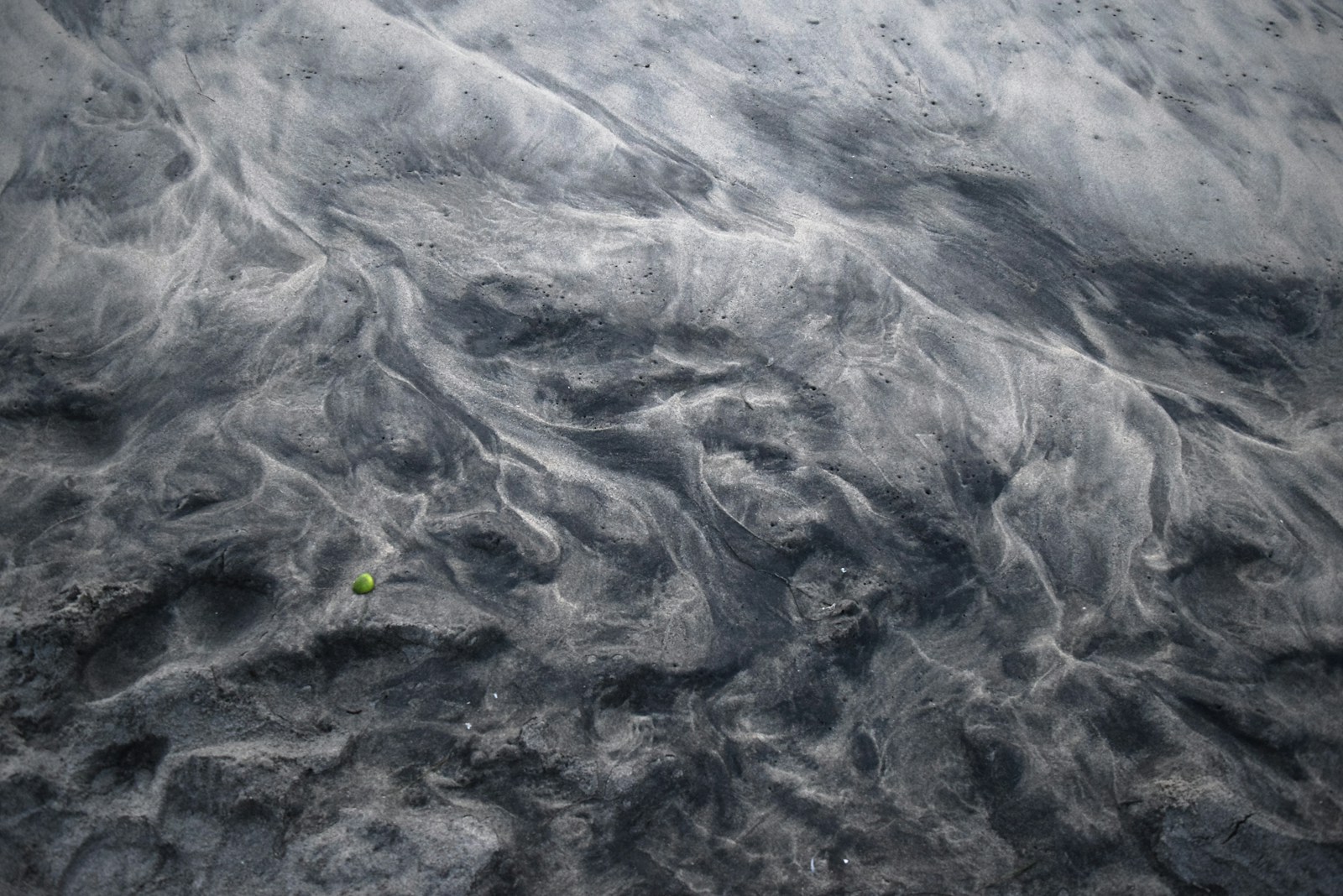
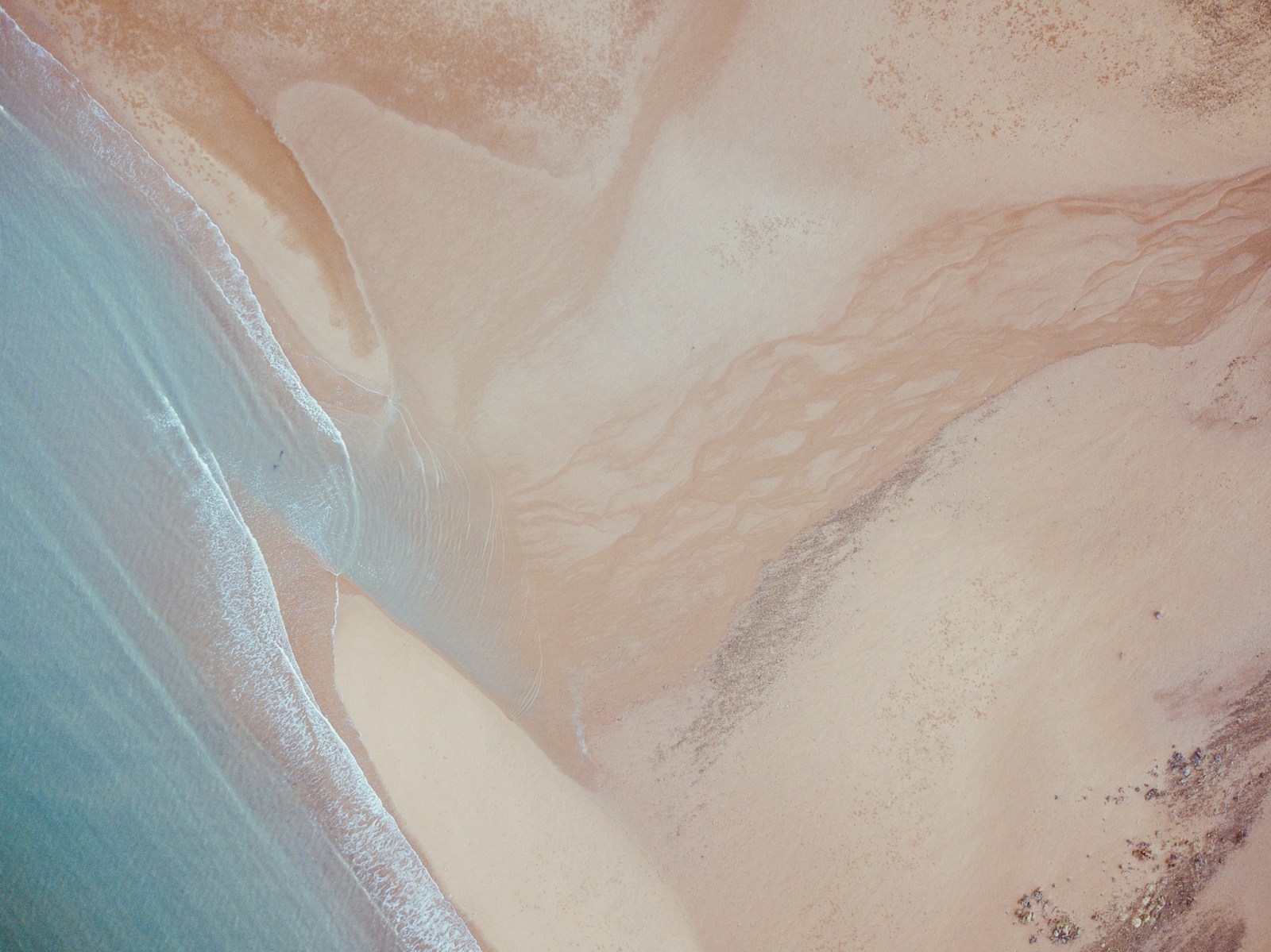
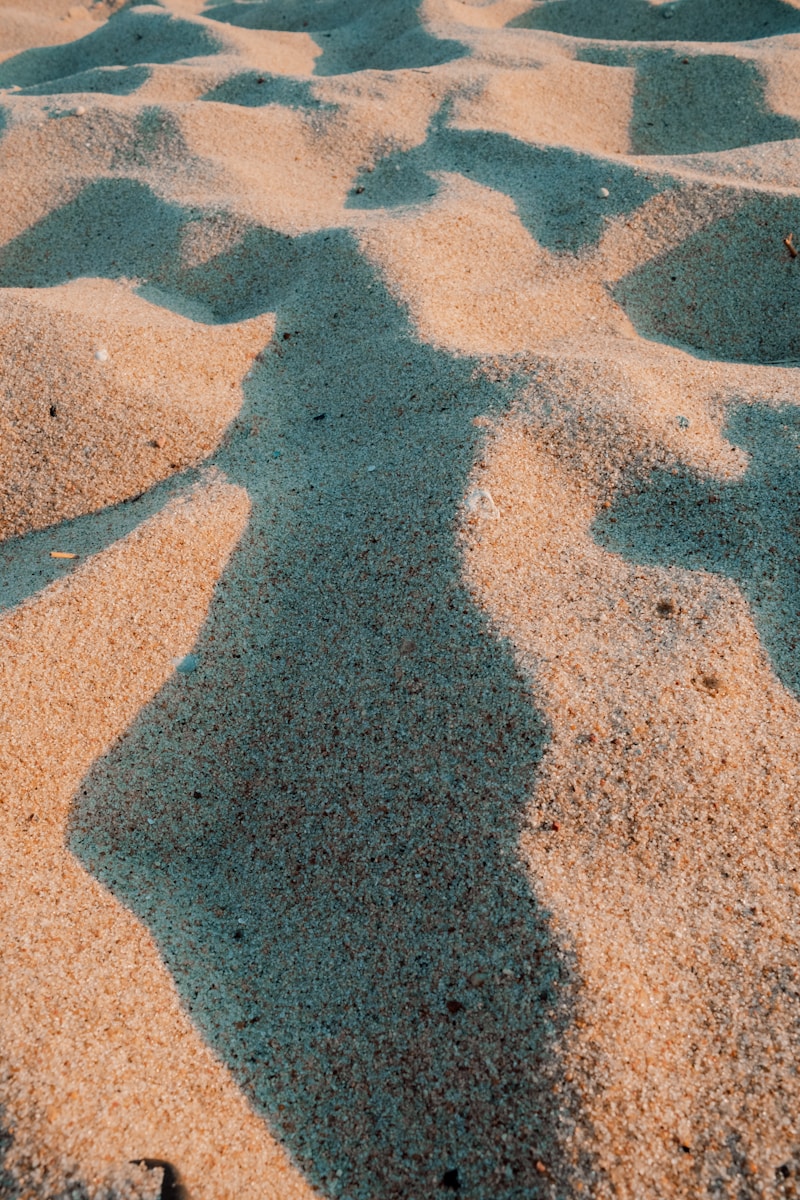
“In every landscape should reside jewels of abstract art waiting to be discovered.” – Melissa Brown
Profound Randomness in Cracked Mud
Another classic abstract shot in nature is dried and cracked mud. I think everybody can probably think of the famous rock on cracked mud photographs from Death Valley in California. But such formations happen in many places where there is dried or receding water and where the sun has been given enough time to dry out the mud. Such forms give abstract shooters fantastic subjects to start with.
Tips
It's common to shoot cracked mud from a directly perpendicular position, and that is fine, but don't neglect at least looking at the cracked mud from a different angle as this can often produce interesting abstract images too.
Cracked mud is also a subject that is worth shooting in both direct light as well as softer light, such as that thrown out during the golden hours. It really depends on what you are trying to achieve with your abstract imagery.
Finally, cracked mud is often indicative of a very dusty environment, so be sure to take lots of lens cloths and protect your gear.
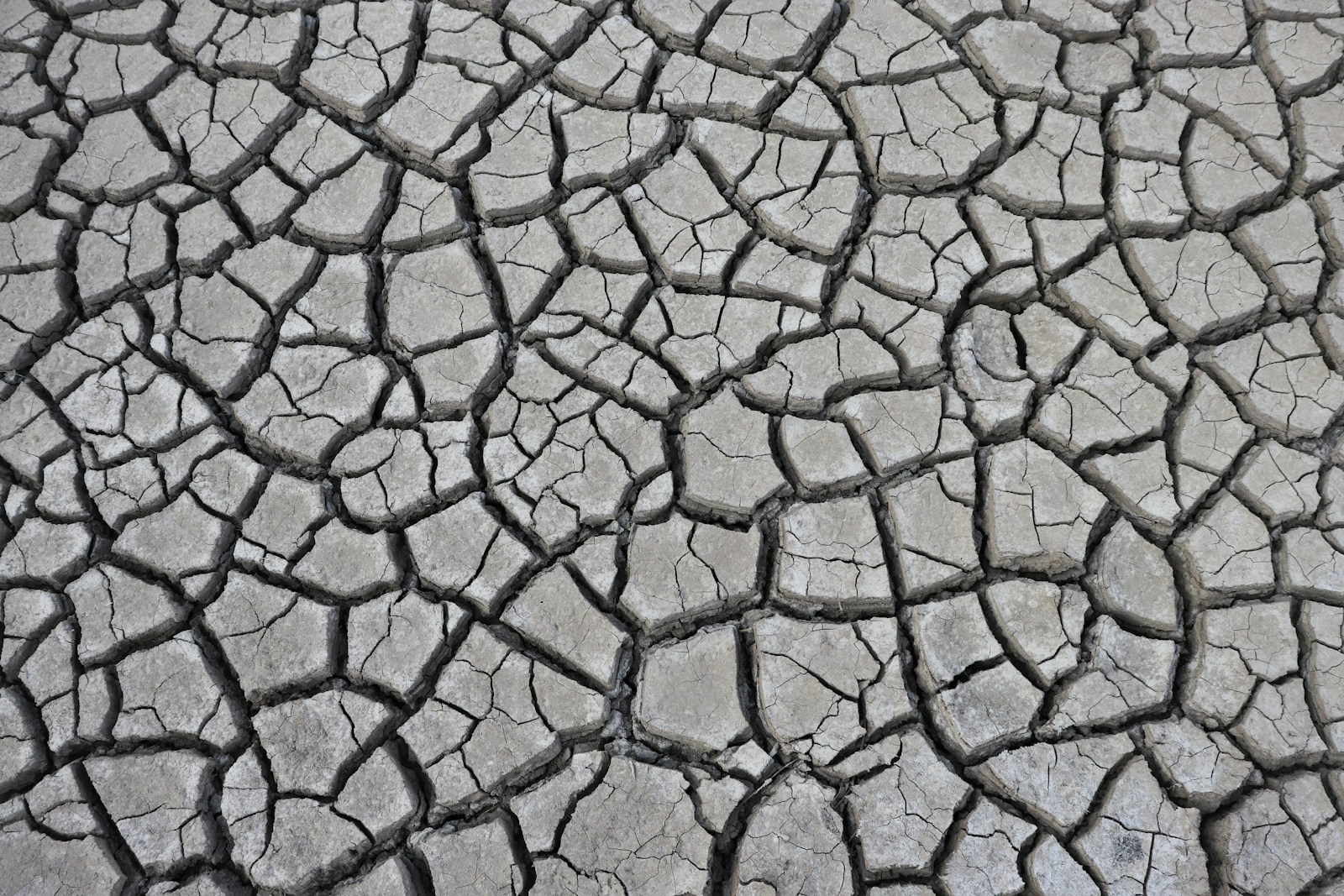
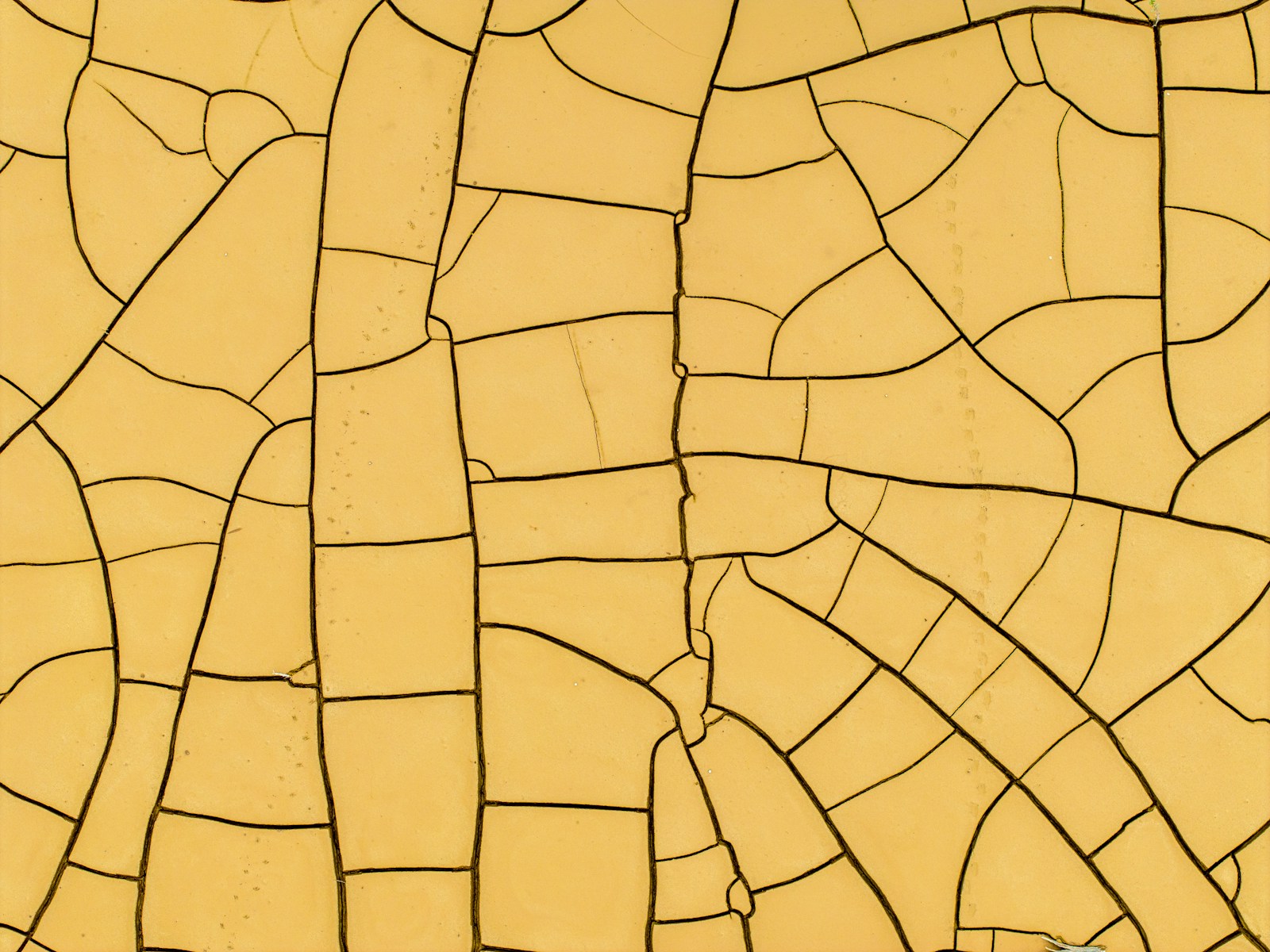
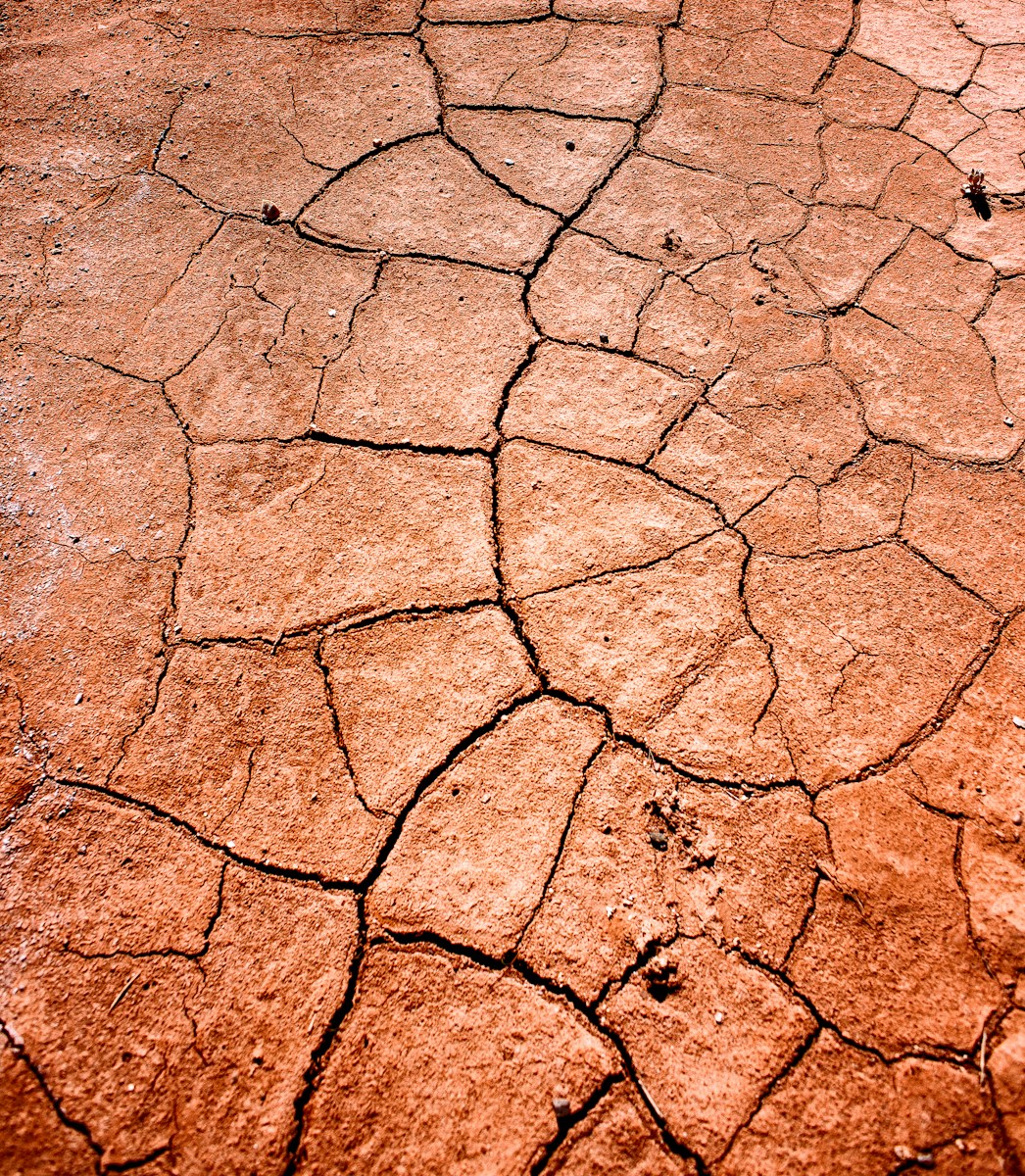
As you can imagine, composition is a key element of abstract photography in nature. There is no better practitioner of that skillset than Ignacio Pallacios who utilizes abstract forms in many of his award-winning images. Take a look at how he does it here.
Contrasting Shapes in Plant Shadows
A common but effective abstract shot is often produced by shooting the shadows of plants (especially ferns and palms). This can be done either as only the shadows or the shadows in combination with the plant itself.
Again, this has the potential for strong images when done well.
Tips
This type of shot is worth experimenting with in both hard light and soft light as they produce quite different effects with the shadows being sharp or soft.
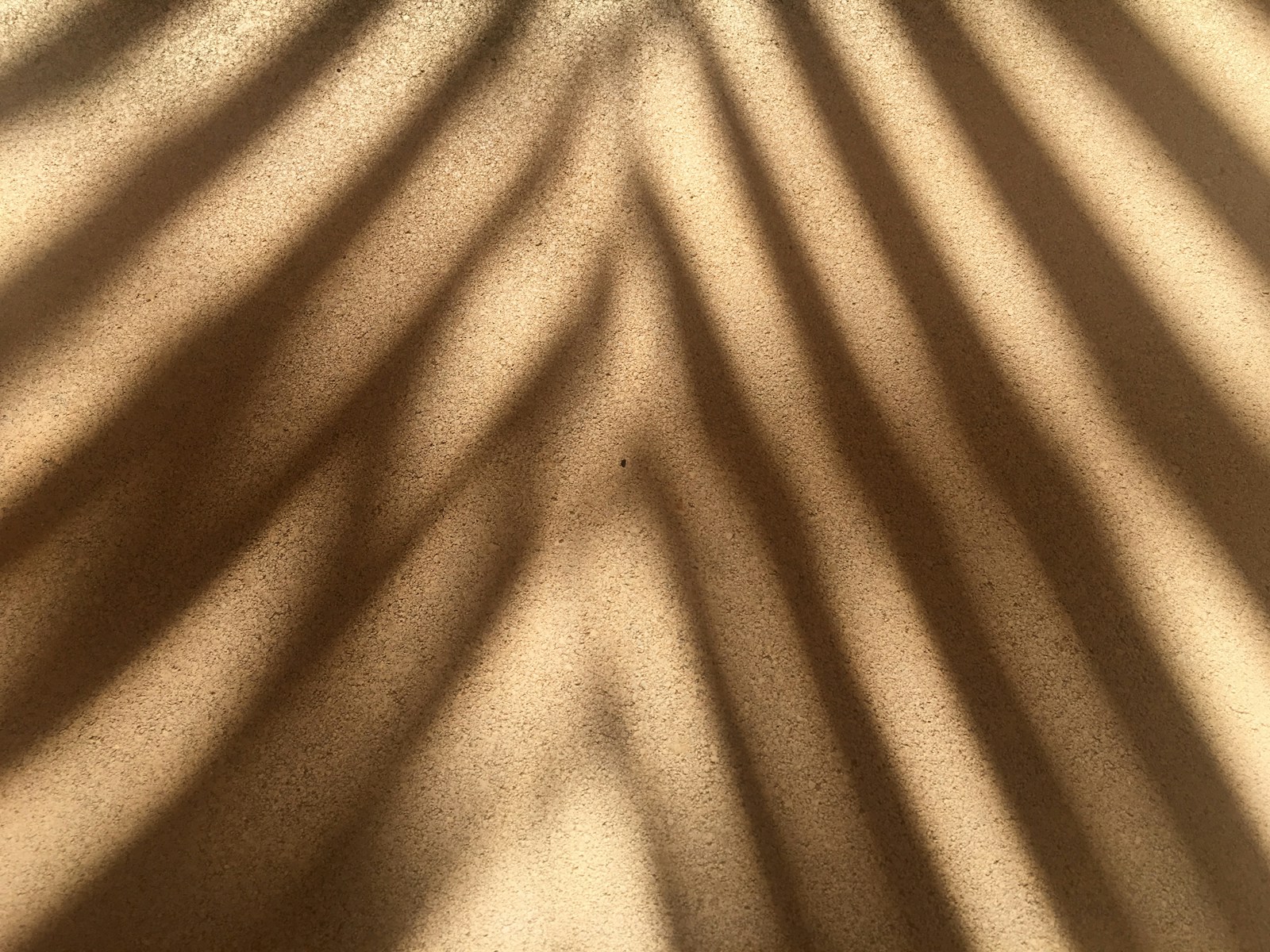
An easy way to experiment with this subject matter is simply shadows cast against a wall or flat surface, but don't neglect experimenting with the shadows cast on uneven surfaces as well as this can sometimes produce interesting abstract effects. This is also a great subject matter as you can often practice it at home at any time of day with a few house lights if necessary.
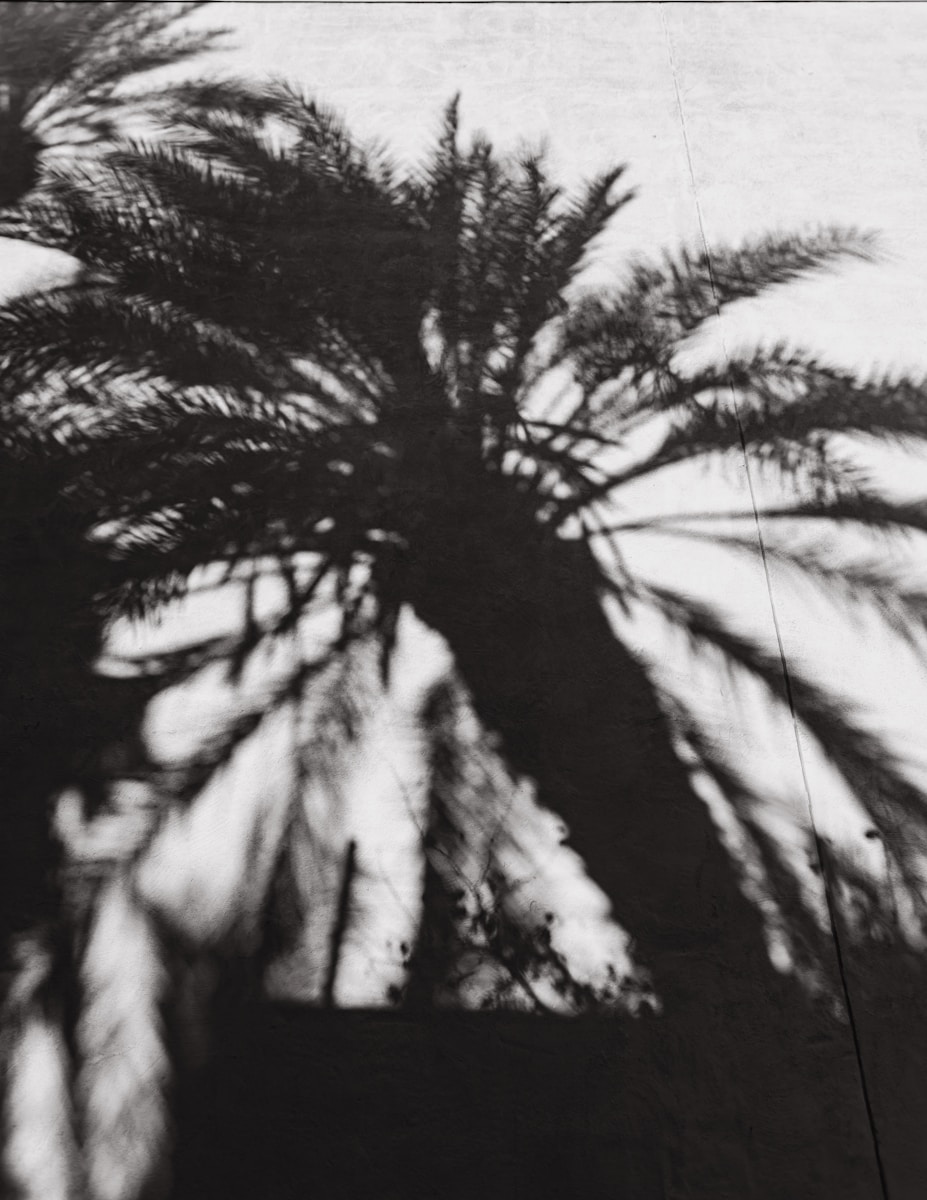
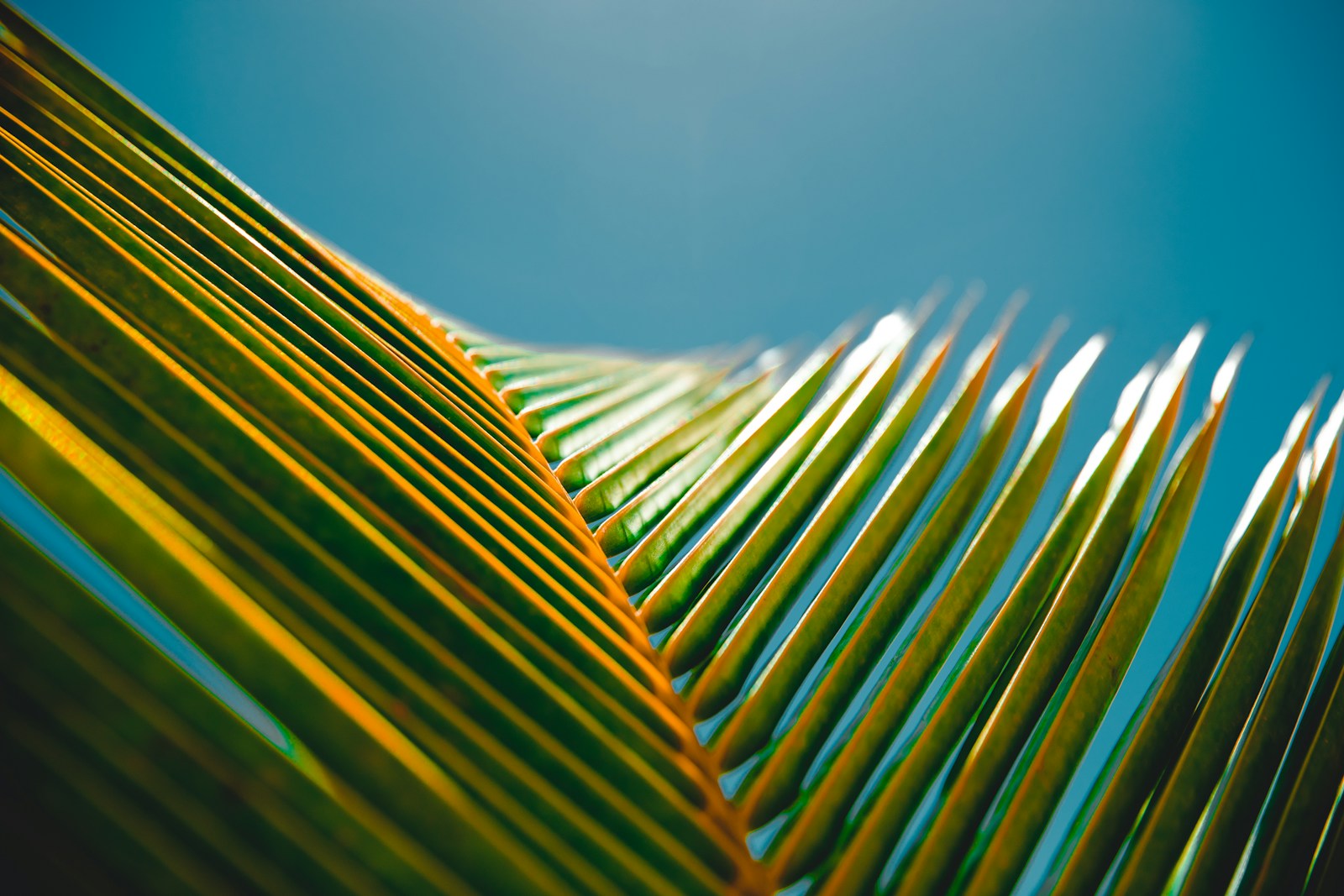
Gorgeous Swirls in Waves
If you're lucky enough to live near a body of water, then often you can produce some interesting images using waves as the subject matter.
The style of abstract wave images that you can produce somewhat depends on the nature of the waves that you are shooting. Huge ocean waves on a surf beach will be very different from small repetitive waves on a river's surface, for example.
Tips
Waves are subject matter that you should absolutely experiment with by shooting from different angles. The effects produced by shooting at a perpendicular angle, such as with a drone, will be very different from those shot from an acute angle across the subject matter.
Be sure to experiment with shutter speed times as introducing motion into your abstract wave shots can also be very powerful.
This is also a subject matter for which you should shoot a lot of frames as you will almost never be in control of the shapes of the waves and how they form various compositions.
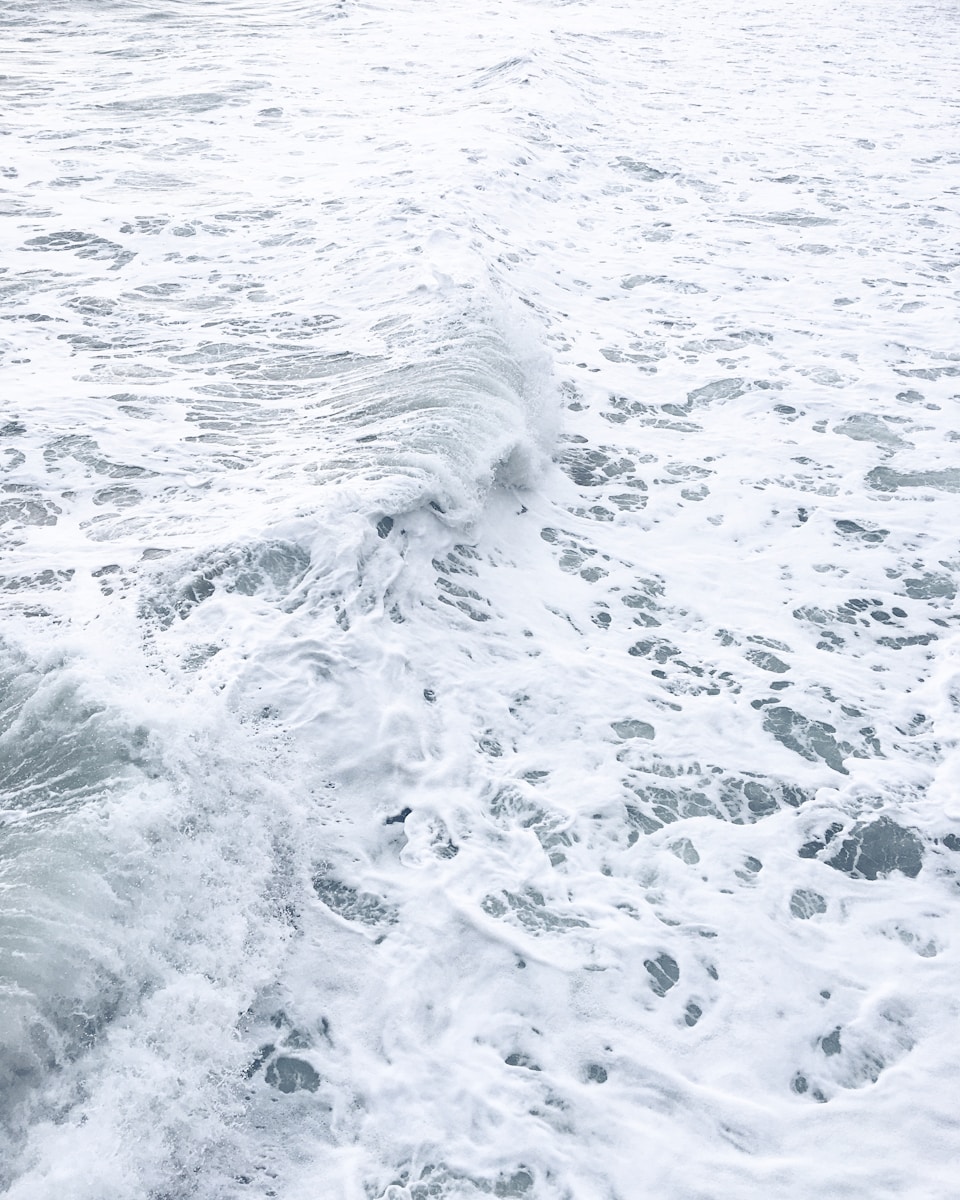
Ignacio Pallacios
Composition Mastery
The 10 Ingredients of Comosition Mastery incorporates a LOT of abstract concepts and elements to give you the exact tools that Ignacio uses to get so many photography prizes and awards. Take a look at it here.
The Feeling of Infinity in Pebbled Beaches and Surfaces
Again, this one has to do at least a little bit with the luck of where you happen to live. If you happen to be near a pebble beach, then it can be a fantastic place to capture powerful abstract images in nature. If you don't live near a pebble beach, then there are often still collections of pebbles in various formations, but they will be a little harder to find. Either way, making the effort to find collections of pebbles for abstract photography is usually well worth it, as you can see from the examples here.
Tips
This is another natural abstract subject that you should attempt to compose both from a perpendicular angle as well as an acute angle to see the various effects that can be achieved.
And again, this is also a subject matter that should be attempted in both direct and soft light. The effects of direct light can be harsh but also quite interesting, and soft light can really bring the form of the rocks out. If you have an interesting formation, then it can produce a very powerful abstract image.
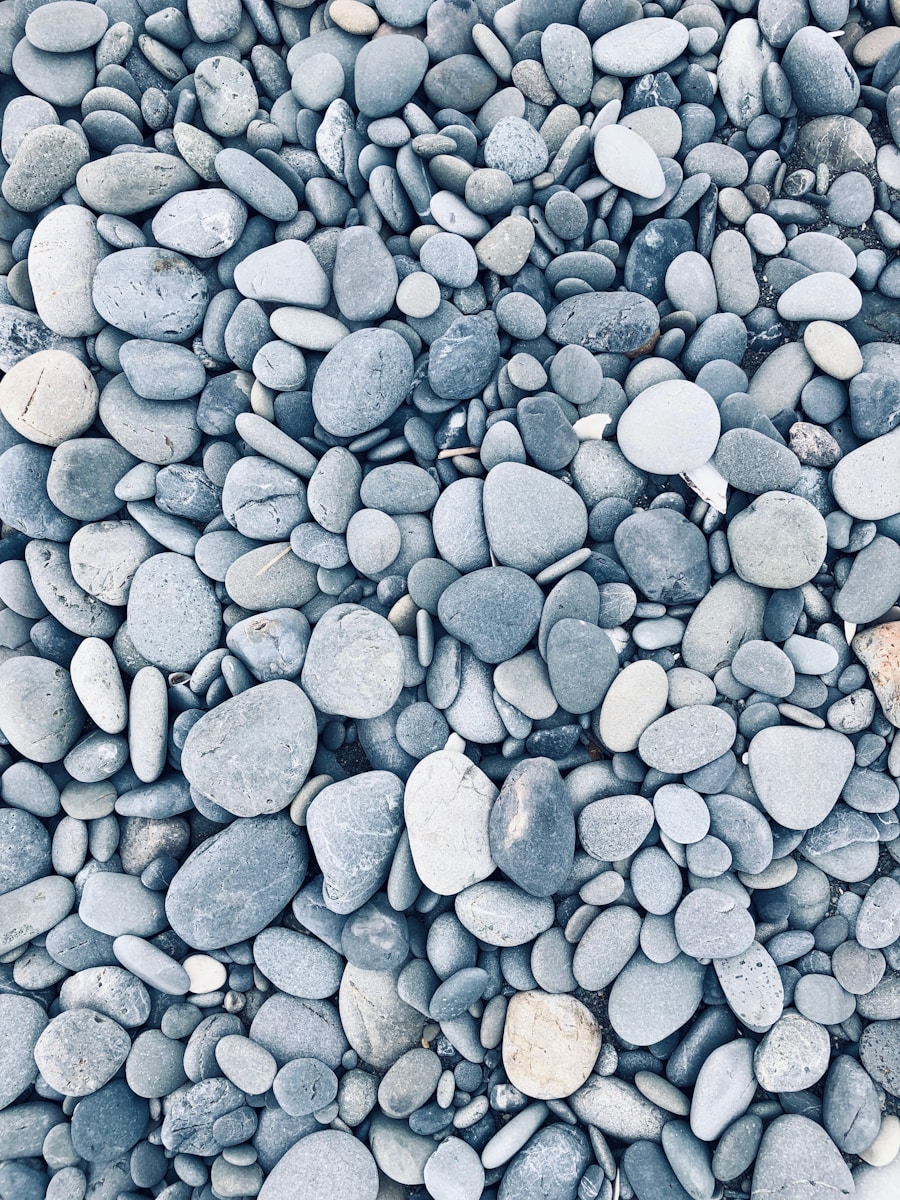
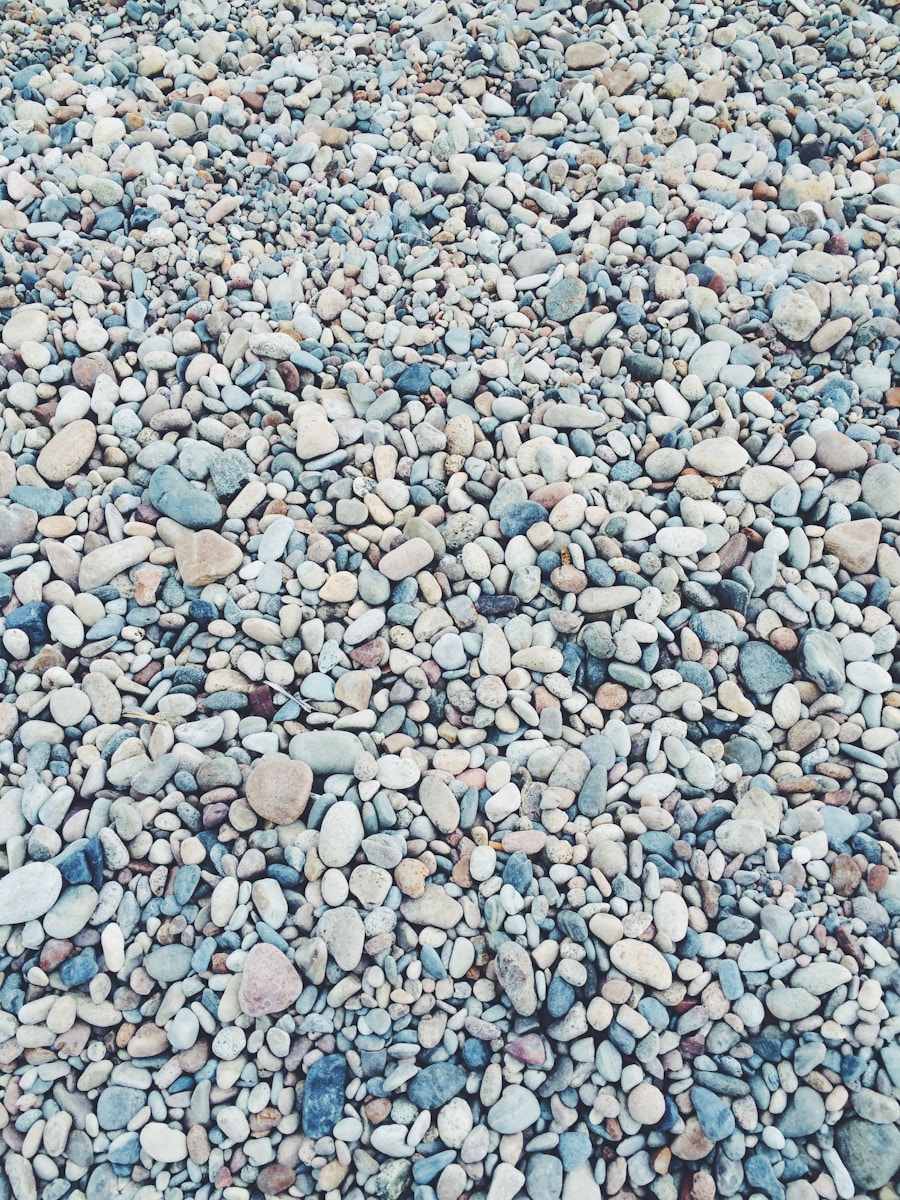
Extra Tips
One general tip for shooting abstract images in nature is to make sure you utilize your ability to control the shutter speed. Abstract images often take on very different forms when you introduce intentional movement. That can be anything from moving the camera yourself to adjusting the zoom's focal length with the shutter open, even leaving the shutter open when you are shooting a moving subject.
A slow shutter speed is one of an abstract photographer's greatest weapons, so be sure to experiment with it.
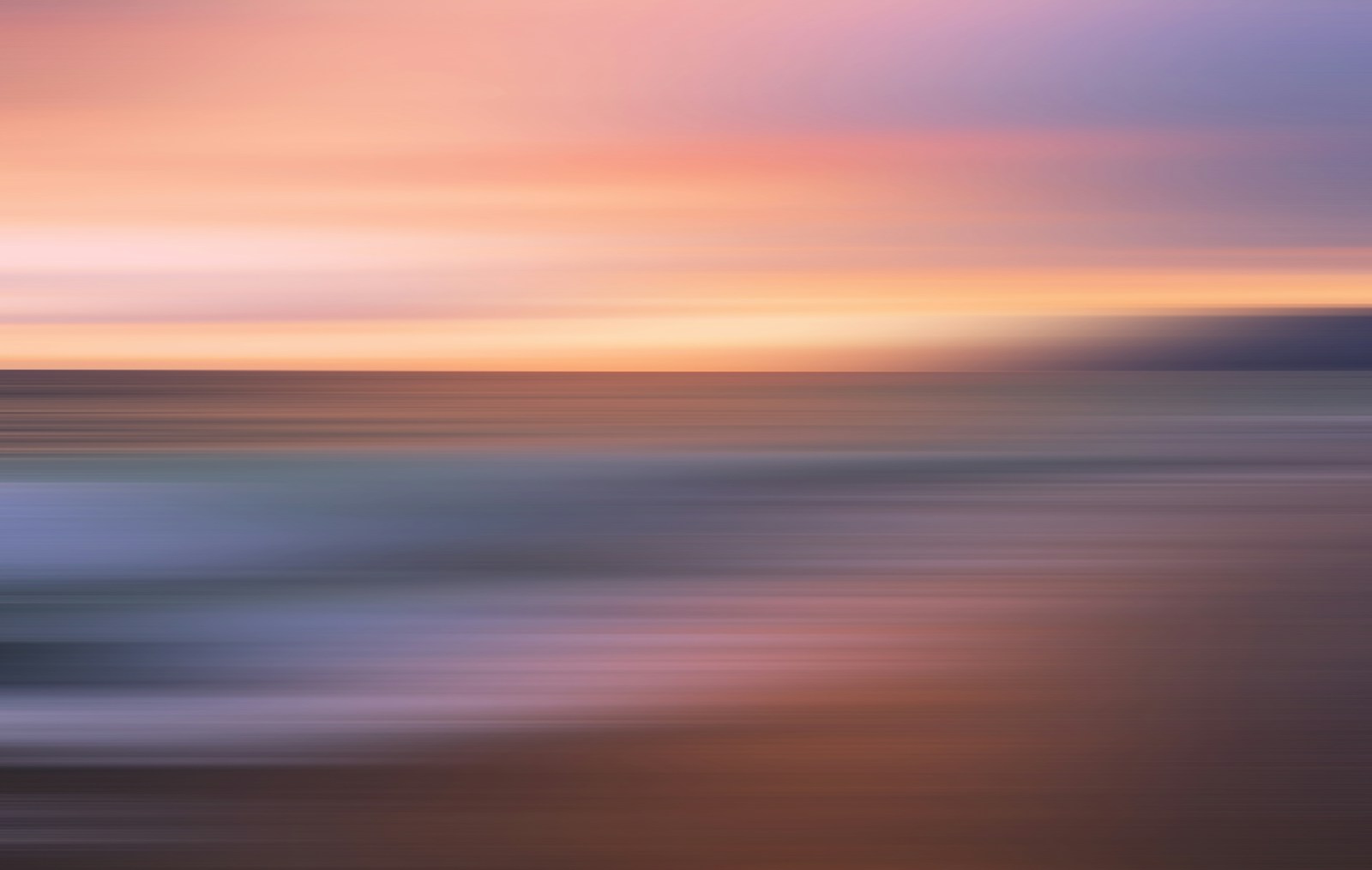
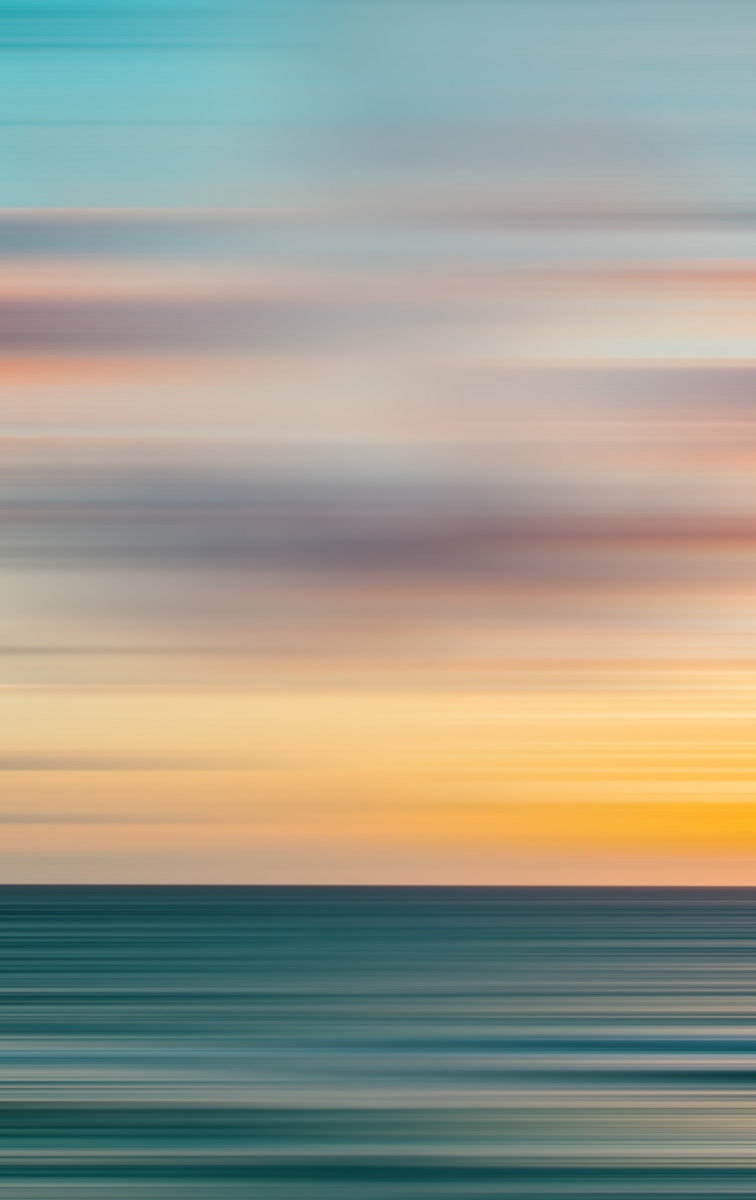
Another big tip for natural abstract photography is to experiment with processing your shots in black and white. This can often have the effect of removing distracting elements through the use of shadow and tone but can also produce interesting abstract shots straight away. Certainly, something you should be experimenting with at the very least.
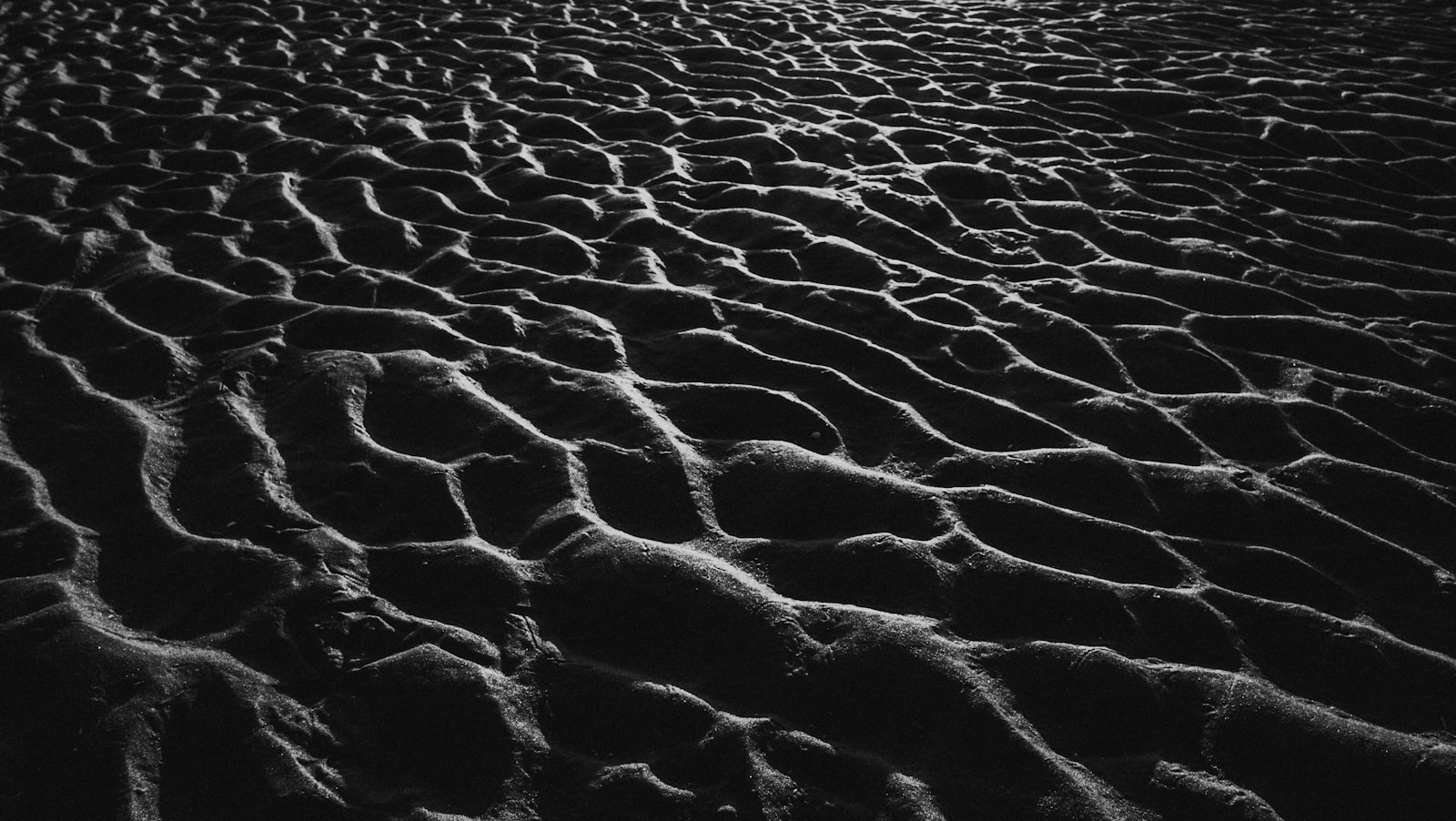
Further Reading
- 7 Interesting Abstract Photography Ideas
- 5 Tips To Help You Get Started With Abstract Photography
- 5 Creative Tips On How To Take Amazing Abstract Photos
Hopefully, these ideas will get you out and looking at the various opportunities for abstract photographs in nature. Of course, these are only the start of this topic and meant as a way to get your creative juices flowing. If you have any other obvious starting points for abstract imagery in nature that we would love to hear about in the comments below.
In the meantime, happy shooting.



